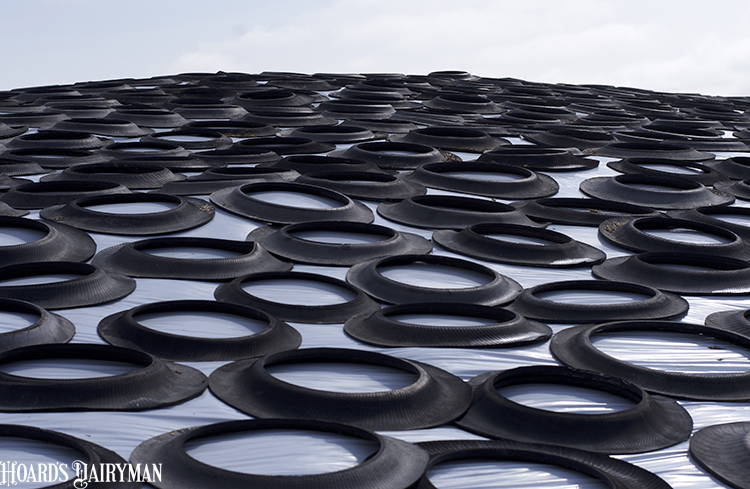
After corn silage harvest, one huge job that has be completed promptly following chopping is covering piles and bunkers. This is a task that takes many hands and a lot of hard work. It also takes the right tools to get it done successfully.
Either as an additional layer or incorporated into silage plastic, oxygen barrier films have been shown to reduce oxygen infiltration into the upper layers of silage, cutting back on dry matter losses. This plastic comes at a higher cost, but as University of Kentucky extension specialist Donna Amaral-Philips explained in the most recent Kentucky Dairy Notes e-newsletter, the price is worth it.
Amaral-Phillips wrote that farmers have less spoiled silage on the top and sides of piles, bunkers, or trenches when oxygen barrier plastic is used. Some research estimates that silage losses in the top 2.5 feet of silage are cut in half. She shared a summary of results from 41 research trials showing an average 8% reduction of dry matter losses over an entire bunker when covered with oxygen barrier film compared to using just standard plastic.
If dry matter losses are cut by 8% in a bunker that is 20 feet wide, 50 feet long, and 8 feet tall, Amaral-Phillips calculates an additional 16 tons of silage will be available. Using today’s feed prices, she estimated that corn silage’s nutritive value is greater than $100 per ton. In this case, the additional feed would be worth $1,600.
Even at a lower feed value, there is still money to be captured. “With these feed savings, use of oxygen barrier films will pay dividends,” Amaral-Phillips wrote.
To get the most out of silage covering, she said the plastic must remain in contact with the silage surface for the duration of storage. Tire walls or sandbags that touch need to be placed over the top surface of the bunker or pile. The plastic used should be resistant to ultraviolent (UV) rays from the sun. If the plastic layer is damaged by wind, varmints, or anything else, it must be repaired promptly. Proper management of covered piles helps capture the most value from the plastic and maintains the highest quality feed for the herd.








